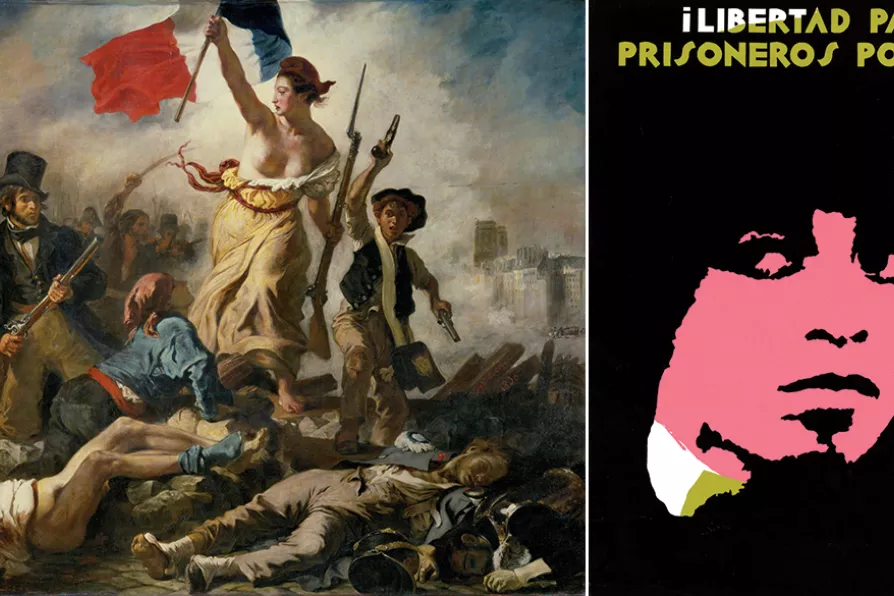MARIA DUARTE picks the best and worst of a crowded year of films

 Liberty Leading the People, Eugene Delacroix; Rupert Garcia, Libertad Para Los Prisoneras Politicas! Freedom for political prisoners!, 1971, featuring Angela Davis who was held in a Manhattan prison at the times
[Erich Lessing Culture and Fine Arts Archives/cc; Rupert Garcia/Smithsonian Institution Archives/CC]
Liberty Leading the People, Eugene Delacroix; Rupert Garcia, Libertad Para Los Prisoneras Politicas! Freedom for political prisoners!, 1971, featuring Angela Davis who was held in a Manhattan prison at the times
[Erich Lessing Culture and Fine Arts Archives/cc; Rupert Garcia/Smithsonian Institution Archives/CC]
ONE of the most enduring revolutionary images in Western art is that of Liberty Leading the People painted by Eugene Delacroix in the Autumn of 1830 as a response to the July revolution of the same year, which saw France swap the House of Bourbon for the House of Orleans, an error that was only corrected in 1848 with the founding of the Second Republic.
The figure of Liberty is popularly referred to as “Marianne,” which symbolises, in popular consciousness, both ordinary people and the manifestation of their political aspirations: the Republic. The boy next to her with two pistols is believed to have inspired Gavroche in Victor Hugo’s Les Miserables.
The allegory of the female figure is rooted in language — in French, France, Republic, Liberty and Reason are feminine nouns.














